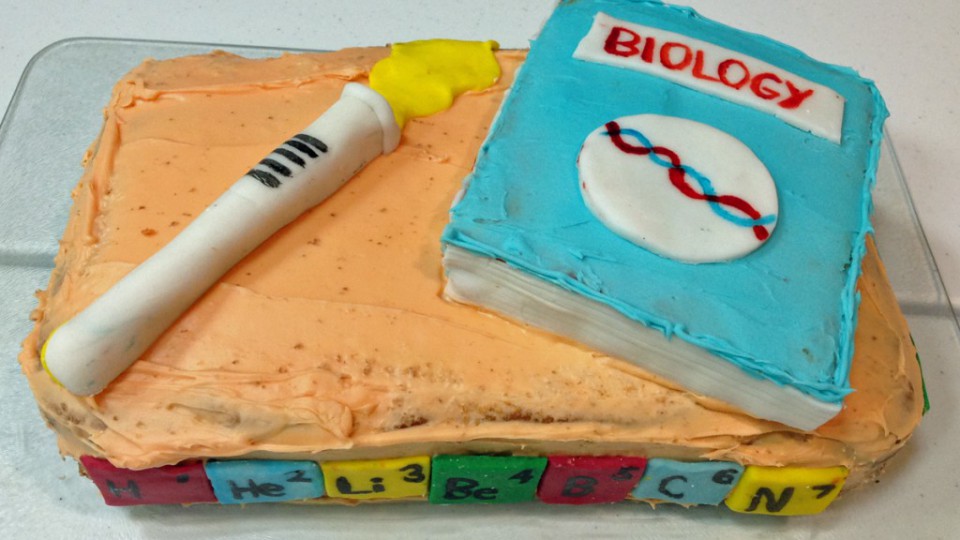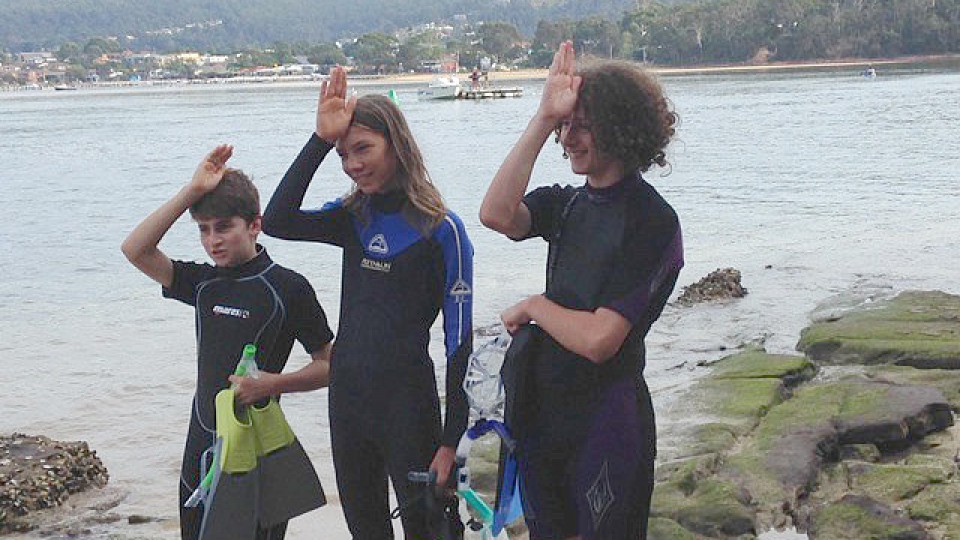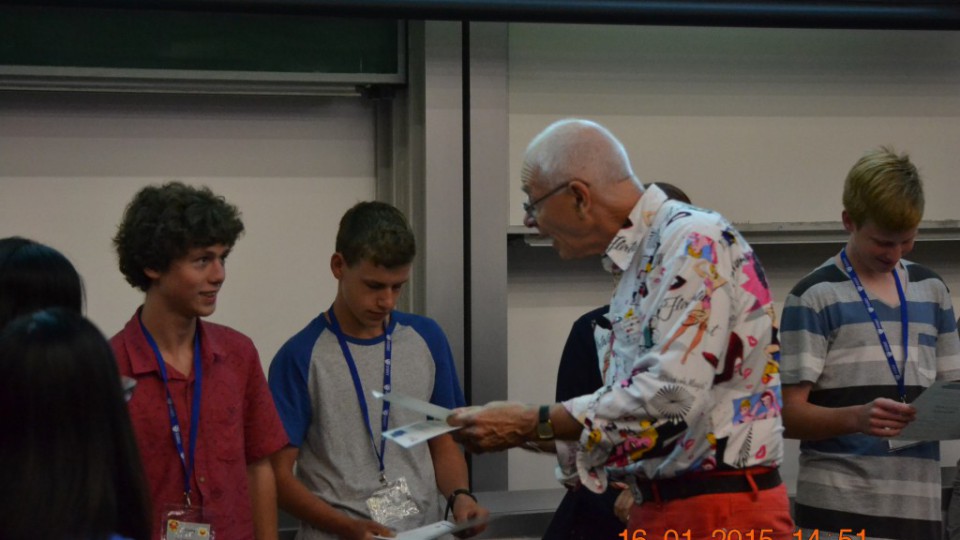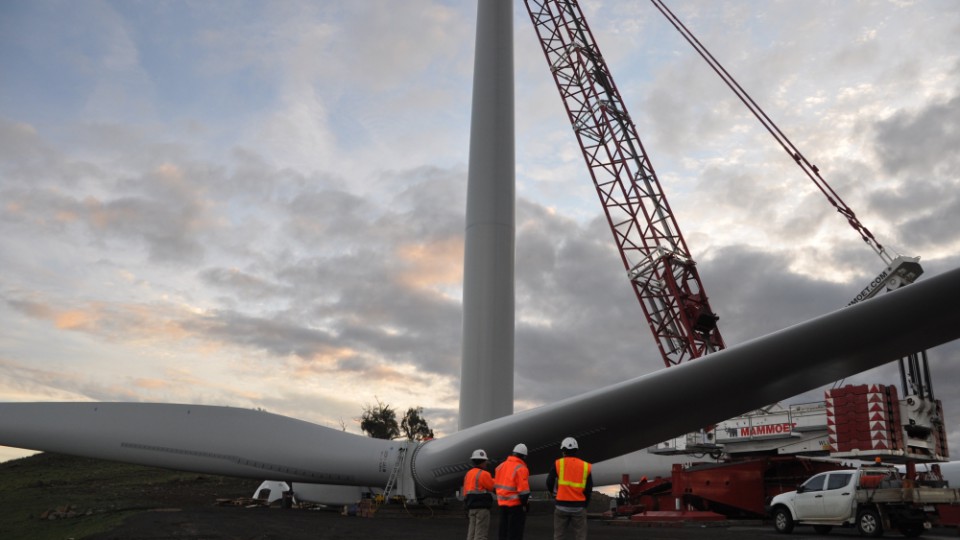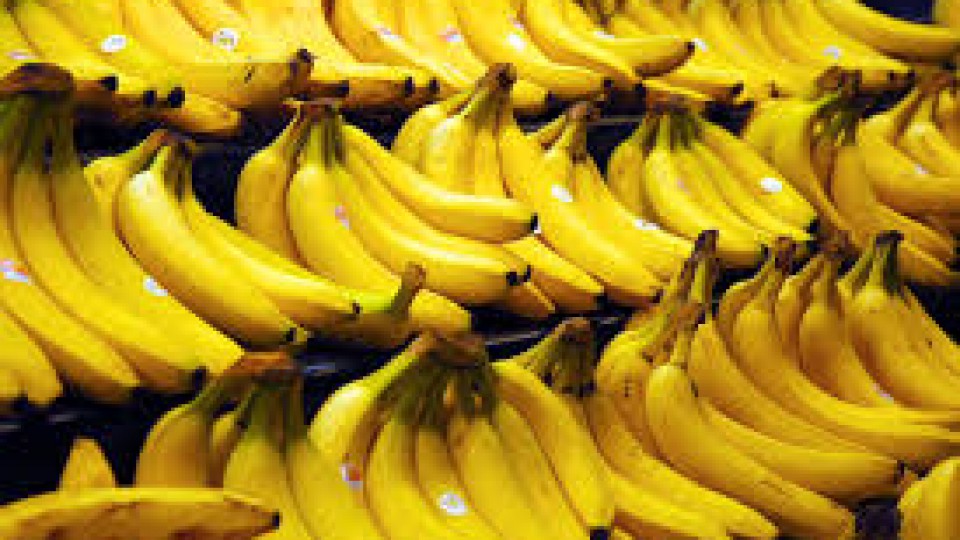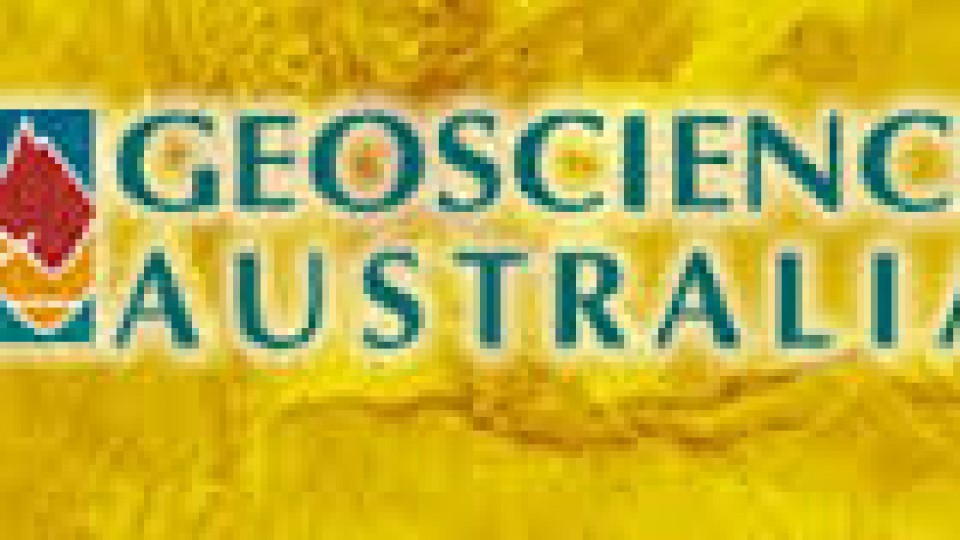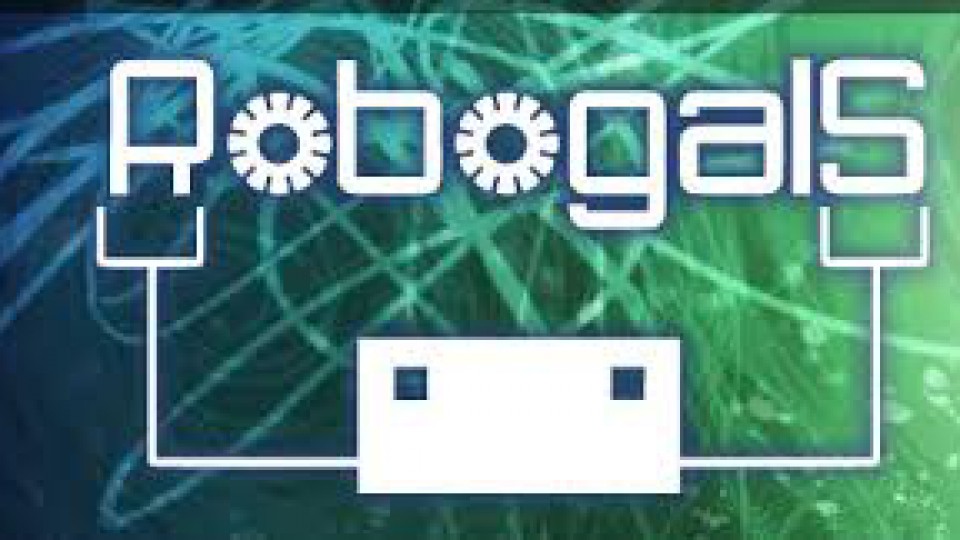Pics from the Kids Get Together Evening, which was a show & tell of students projects, plus a food frenzy.
Photographs: Lis Shelley
Category: All Blogs
15
Mar2016
Snorkeling morning at Merimbula, hosted by Sapphire Coast Marine Discovery Centre
Photographs: Fiona Gross
11
Apr2015
By Emily S:
On the 10th of April, I travelled to the small locality of Monarto. Monarto is about a forty five minute drive from Adelaide, South Australia. The main attraction of Monarto is the open-range zoological park. Many wild animals are on display at the park, yet the best component of the zoo, is that the animals have much more room than an ordinary zoo. I went on a bus tour of the park with a guide explaining each animal's habits as we went past. I found the carnivore section very intriguing as it was feeding time at the zoo, so to speak. The lions devoured a turkey leg in mere seconds!! I inquired many questions, one of which was about animals ability to recognise another of their species as their relative in the mating season. According to the guide, most animals can tell, and only mate with their sibling as a result of low numbers in their species. Cheetahs have a limited gene pool as their species were close to extinction and they were forced to mate with their relatives, causing severely weakened immune systems.. Humans closest relatives, the primates, were most fascinating. Chimps are able to read and produce facial expressions, which was a serendipitous piece of information, as it relates closely to the topic of my major science project. All in all it was a fabulous day, and I retained much useful information about the many species that they had to show there.
15
Feb2015
From Tim:
We had a good time at the CSI science experience. Dr Karl gave a presentation at the end which the parents attended. He showed lots of photos of his trip to America and combined it with some science facts.
We built a tower from straws to hold up a cup of water.
We tested blood types ( they didn't use their own they had samples provided).
We tested for cauliflower DNA.
We tested soils and pollens.
We identified some bones.
We burnt lots of stuff (with acid) and played with liquid nitrogen.
From Tim:
We had a good time at the CSI science experience. Dr Karl gave a presentation at the end which the parents attended. He showed lots of photos of his trip to America and combined it with some science facts.
We built a tower
from straws to hold up a cup of water.
We tested blood types ( they didn’t use their own they had samples provided).
We tested for cauliflower DNA.
We tested soils and pollens.
We identified some bones.
We burnt lots of stuff (with acid) and played with liquid nitrogen.
01
Feb2015
By Lachlan:
On Tuesday, the 20th of January, I made the journey to Wollongong for a two day course in industrial robotics at the University of Wollongong. There were various learning labs available (forty to be exact), from creative writing to running a business. We were told to meet at the Hope Theatre on the first day, to be issued our name tags and were shown our seats in the auditorium. The founder of the learning labs gave a speech to welcome and thank us for participating in the program. Then, we split into our separate groups (which were determined by the course we were undertaking) and followed Daniel, our student volunteer through the university to the SMART building. There we met with Andrew and Michael. Andrew was a fourth year mechatronics student and Michael was a fellow who worked at the university. They were both volunteers, who generously gave their time to create and run the workshop. Michael started with a brief introduction and then a history of industrial robotics. The first industrial robot was designed in 1959 powered by hydraulics and it could only move in two degrees of freedom. Robotics developed over the years, gaining more degrees of freedom which allowed the robot to complete more complex tasks. In the 1980’s, the Z shaped robot was created, which could move in 6 degrees of freedom because of the six electric motors which power each axis, which could be extended to 7 if it was mounted on ... Read More
01
Dec2014
By Lachlan Sims:
On the 29th of November, Mum and I were going to Canberra, and along the way we stopped at Nimmitabel to see the Boco Rock Wind Farm. We went for the open day - which was held to gain exposure for the farm and also combat negative beliefs about wind turbines - and there was a free guided bus tour around the location. Mum and I went on the tour and headed towards the forty third (there are 67) wind turbine. The wind turbines were designed in America, constructed in China and Thailand and then shipped to Eden where they were taken by truck to the location. One wind turbine stands at 130 meters (from the ground to the tip of the blade) and we were allowed to enter the turbine and look around. It would have been a monumental construction effort, since the 67 turbines required 280 square meters of concrete, which is about 50 truck loads. But, before they laid the cement, they had to establish 45km of internal roads to connect the turbines. A single blade weighs 9 tonnes and they completed the whole project in just two years! It was actually very interesting and I learnt a lot of facts about wind turbines. There were also a lot of free stuff like drink bottles, food, frisbees, bags and more. It was two hours of my life well spent.
01
Dec2014
By Warwick:
Can you solve this puzzle? Use exactly four 4's to form every integer from 1 to 12, using only the operators +, -, x, / and square root.
For example, 4/4 - 4/4 = 0
- You cannot string 4's together to make 44
- You cannot use just three four's or five - it must be exactly four of them
- Try to do it without Googling - with a bit of thought it's not too difficult.
14
Oct2014
By Lachlan:
On the 1st of October, Jade and I went to the ANU campus for the first day of the Conoco Phillips Science Experience. After I wandered through ANU, I finally made it to the elusive physics building. Then I received my nametag and joined the circle around the Greg Lane, the ACT director of Conoco Phillips and our guide. He gave a brief introduction and then Patrick Helean from Questacon began his demonstration. He showed us many experiments that used household materials, such as milo tins, aluminium foil, liquid nitrogen… Personally my favourite demonstration was when he half-filled a juice bottle with liquid nitrogen and then put a large uninflated balloon over lid. As the liquid nitrogen changed into gas, it rose and thus filled the balloon. The balloon expanded until it broke and released an explosion equivalent to a sonic boom. After that we went into the Physics building, broke into groups and completed many different experiments, from identifying gamma rays in the lab, to spectroscopy and we used a Bell telephone. The Bell telephone can transmit sounds, such as music and voice like sounds, but clear speech cannot be heard.
A few hours later, we left building 38 and went to the Biology Teaching and Learning Centre, where we immediately ushered into lab coats and given our task. A murder had been committed! Was it suspect x, the husband? Suspect y, the next door neighbour? Or was it suspect z, the pizza delivery man? We ... Read More
14
Oct2014
By Lachlan:
The next day, we had to be dropped off at the National Dinosaur Museum, where we received a private tour of the facility. First impressions, for me at least, were bleak, but I was pleasantly surprised when the tour turned out to be a lot more interesting than I expected. For example, a dinosaur in Australia was found that had an extremely long neck, large body and a small head (the size of a horse’s). It was a herbivore and swallowed its food whole. So to actually congest the food, the dinosaur would swallow rocks and when it walked, the rocks would grind and mash the plants to gain the nutrients. Scientists have discovered this from the smooth rocks found in fossilised coprolite. Afterwards, we went downstairs and got to sift through small containers of sand from an archaeological site, searching for fossils. There were quite a few small specimens, such as shards of bones and fossilised twigs, but some people – like me – found whole vertebrae and teeth.
We left the National Dinosaur Museum enriched with new knowledge and took a bus back to ANU to visit some palaeontologists. These scientists discovered a missing link from the transition from sea to land. Where did they find it? In the red rocks of Eden, of course! So far they have only extracted the head of the monstrosity, but sadly cannot get the whole fish, because the red rock further down hasn’t been exposed the rain ... Read More
13
Oct2014
By Lachlan:
On the third and final day (10th of October) , we again arrived at outside building 38 and once everyone had arrived, we went into the lecture theatre, to listen to (and watch) a laser demonstration. It was hosted by Professor Hans Bachor and Patrick Helean. It was an informative talk and had some cool demonstrations, such as demonstrating how lasers are used in optic surgery. They did this by having one large balloon, representing the eye, and a smaller balloon inside the eye, representing a tumour or cancer. Then, they used the laser to pop the balloon inside and leave the eye unscathed. Next on the agenda, was a visit to the engineering department, where we meet three of the RoboGals engineering students who were volunteering their time. RoboGals is a not for profit organisation, that is trying to increase the number of participation in females in the fields of science, engineering and technology. We broke into pairs or threes and were assigned a robot per group. We then used basic programming software to give instructions to the robot. We then were assigned a task, to make the robot follow a line of masking tape on the ground. We could achieve this by using sensors or voice commands. It involved a huge amount of trial and error to complete just this simple task, and personally, my partner and I, were not very serious or good. However the second task, we actually tried (more than last time) ... Read More

